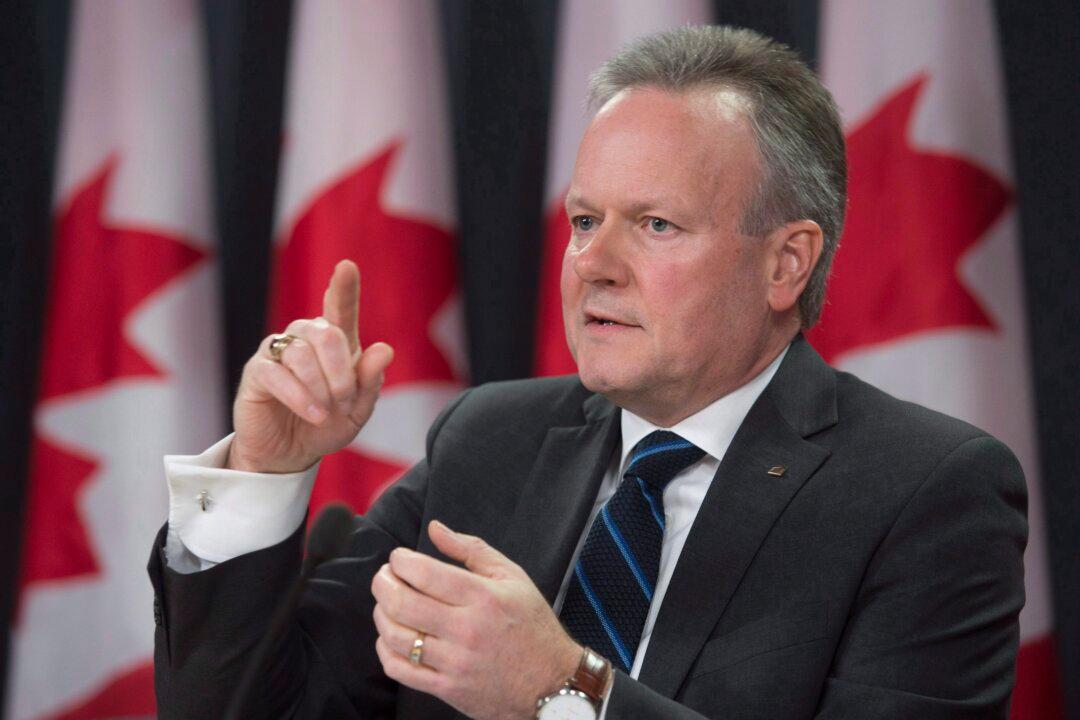OTTAWA—The Bank of Canada kept its key rate unchanged at 0.50 percent on March 9, as unanimously expected, saying that the recent improvement in the global economy and financial markets is “progressing largely as the Bank expected in its January Monetary Policy Report (MPR).”
It was a close call in January whether or not to cut rates, but looking through the highs since then and the lows leading up to that announcement date, it’s steady as she goes.
The big variable remains details on the federal budget’s deficit spending. The BoC said it will assess the impact of the March 22 announcement for its next set of projections in the April MPR. “That’s when things get interesting,” said BMO in a note.
It is time for fiscal policy to take the baton to spur economic growth and the sentiment that major central bank monetary policy has maxed out is growing. The latest unconventional measure of negative rates is blamed for a number of woes including trimming banks’ profits and distorting saving and spending behavior. Fortunately in Canada’s case, the federal government’s balance sheet is in good shape and can take on meaningful deficits. But the federal government is committed to maintaining a low debt-to-GDP ratio so any anticipated deficit spending isn’t expected to threaten the credit worthiness of the country.
BMO cautions, “Fiscal stimulus from Ottawa is no miracle growth cure for the economy.” A relapse in oil prices falling will expose the weak economic growth outlook.
Giving Context to the Rebound
Since the bank’s last interest rate announcement on Jan. 20, at the height of the volatility in financial markets when it could have cut rates, oil prices and the loonie have skyrocketed. West Texas Intermediate prices are up about 40 percent and the Canadian dollar is up about 9 percent making it one of the strongest performing currencies in 2016. Bloomberg’s Commodity Index is also up about 8 percent since Jan. 20.





